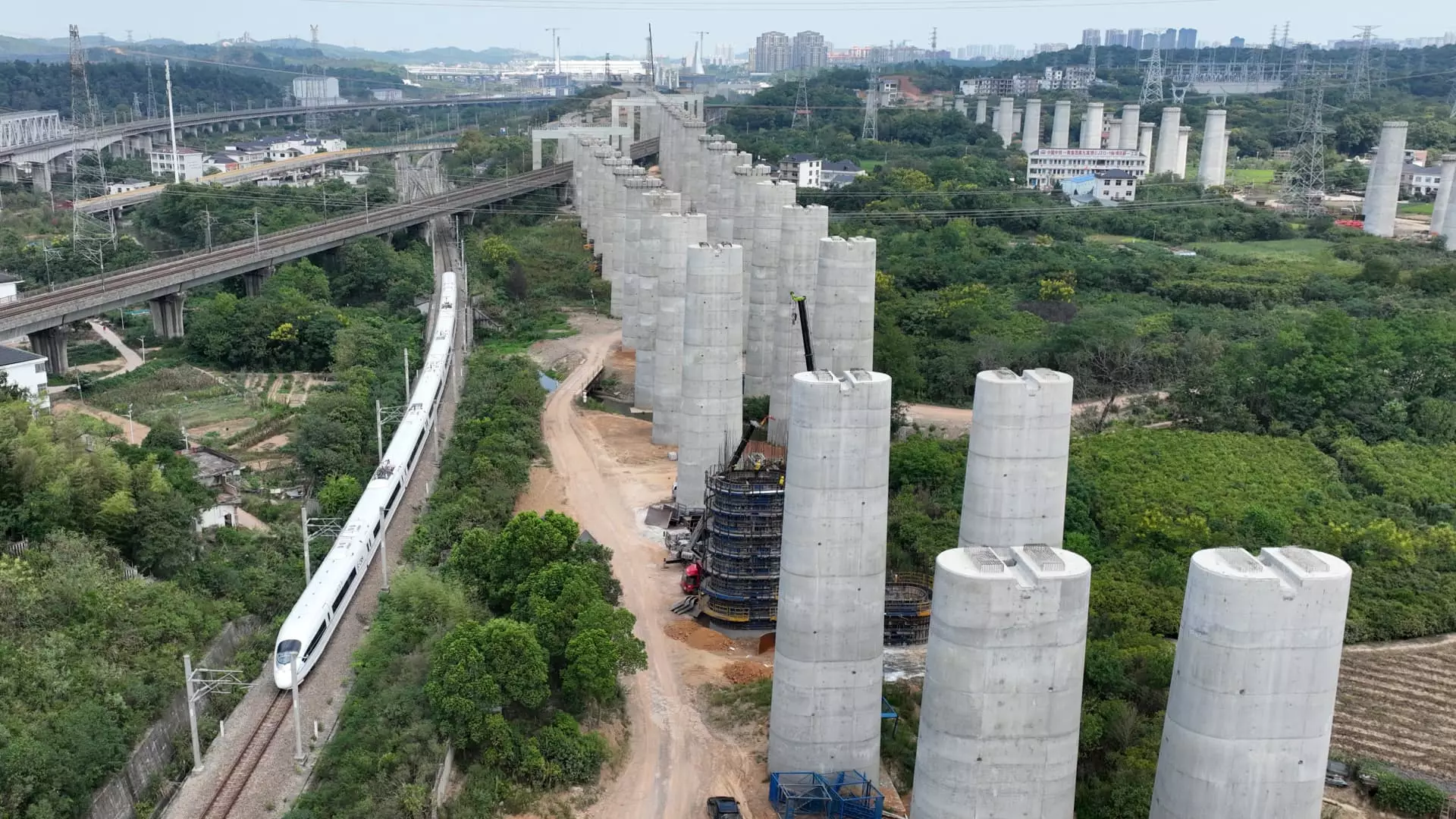In recent months, the specter of a consumption slowdown has loomed large over the Chinese economy, drawing attention from analysts and policymakers alike. The root causes of this phenomenon are tightly woven into the fabric of the country’s real estate sector, local government finances, and mounting debt levels. This article delves into the intricacies of how these factors interact and contribute to a fraught economic landscape in China.
For years, Chinese households have invested heavily in real estate, believing it to be a secure avenue for wealth accumulation. This trend took a significant turn in 2020 when the Chinese government instituted measures to rein in the extensive borrowing habits of property developers. As a consequence, property values began to decline, leading to a significant downturn in real estate investments. This downturn not only impacted household wealth but also had a cascading effect on local government revenues. Analysts predict a recovery period of three to five years for local government finances, a sobering outlook that casts doubt on any rapid rejuvenation of economic stability.
As the real estate market struggles, local governments have found themselves grappling with dwindling revenues. S&P Global Ratings warns that the revenue-generating capacity of these governments is under severe strain. Prior efforts to curtail taxes and fees, initiated in 2018, have further diminished local authority revenues by approximately ten percent. Local authorities are left scrambling to restore financial health while facing apathetic businesses reluctant to increase hiring and salaries. This cycle of desperation creates a broader atmosphere of uncertainty for consumers, who are wary of future income stability.
Compounding these issues, a surprising wave of tax recovery notices has surfaced, with many businesses receiving demands to pay back taxes from operations going as far back as 1994. This move, although framed by the national taxation administration as routine, has ruffled feathers across the business community. The stark reality is that many enterprises are now faced with hefty tax liabilities, exacerbating their financial woes.
Regions known for their economic prowess, such as Jiangsu and Zhejiang, have reported modest growth in non-tax revenue streams, suggesting an ongoing transition in local government funds generation. This diversification of income is vital as traditional sources of revenue, such as land sales, face increasing scrutiny and challenges. Nevertheless, this shift also sends a message about the urgency of the situation: local governments are under immense pressure to find alternative revenue sources, often resorting to retroactive measures that create further distrust among businesses.
The CKGSB Business Conditions Index, a key barometer of business sentiment in China, has indicated stagnation. Hovering around the crucial 50 mark—signifying a precarious balance between expansion and contraction—the index has slipped even further recently, suggesting profound economic fragility. Retail sales continue to lag, indicating a broader retail environment struggling to bounce back since the pandemic.
To stabilize the economy, a pivot from debt-driven growth to consumption-driven growth is imperative. However, Chinese authorities remain encumbered by a legacy of prioritizing investments in infrastructure over fostering sustainable consumer spending. This presents a paradox, where a focus on reducing debt impacts growth potential. Economic analysts from Morgan Stanley have raised alarms about rising debt ratios, with indications that the debt-to-GDP ratio has soared to alarming heights, suggesting an unsustainable trajectory.
Local government financing vehicles (LGFVs), which are often used to fund public projects, only deepen the issue. The significant debts associated with these vehicles are a ticking time bomb, threatening the overall financial stability of the economy. As Alicia Garcia-Herrero from Natixis aptly noted, these LGFVs represent a “grey rhino”—an inevitable risk that is often neglected.
The complexities surrounding this economic landscape mean that simple fixes are elusive. National restructuring and reform efforts face significant hurdles within China’s rigid governance system. As officials explore ways to stimulate growth and stabilize the financial fabric, they must balance the need for immediate action with the long-term implications of their decisions.
Ultimately, China stands at a crossroads where clear policies and bold strategies may be necessary to resuscitate consumer confidence and rejuvenate local government finances. Without a course correction, the socioeconomic pressures will only intensify, leaving the nation’s economy to grapple with a slowdown that deeply affects the livelihoods of millions. The stakes are high, and the future effects of inaction may very well reverberate throughout China’s economic framework for years to come.

